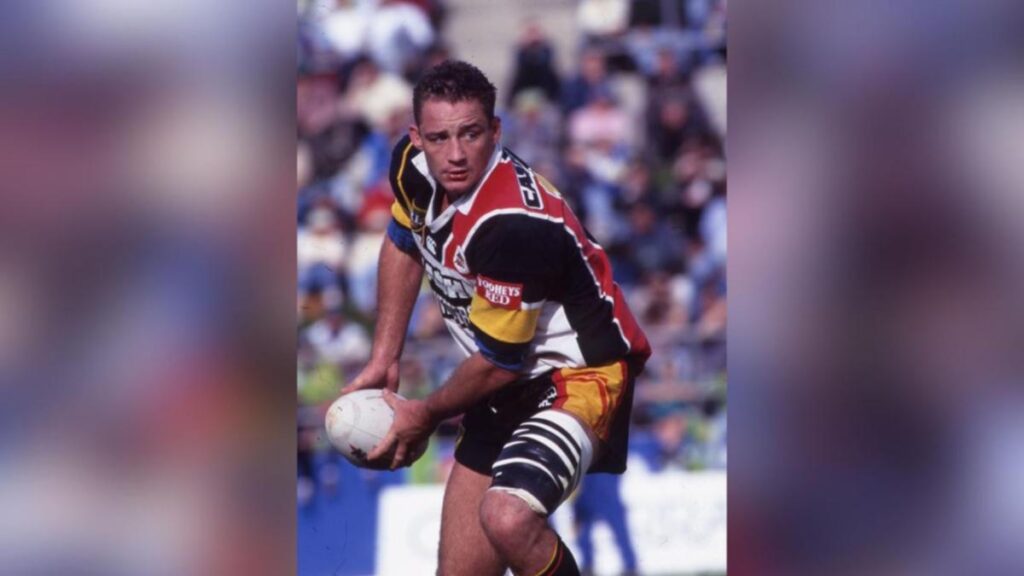Perth has always been considered a prime location for top-tier rugby league, making the announcement of an NRL team returning in 2027 a logical move.
This perspective is shared by Mark Geyer, a key player from the original Western Reds, who was a major signing when the club entered the 20-team ARL competition in 1995.
Geyer was part of the team throughout its inaugural season in 1996 and until its final year in 1997 when it became known as the Perth Reds. The team was ultimately one of three that was dropped following a reconciliation between competing factions that led to the establishment of the NRL in 1998.
In their first season, the Reds managed a balanced record of 11 wins and 11 losses, and their overall performance over three seasons was better than that of teams like Penrith and Cronulla during their early years.
Geyer noted that the financial strain imposed on the Reds was a significant factor in their eventual closure.
The announcement of the Perth Bears, in partnership with North Sydney, competing in the 2027 season under NRL governance and with support from the Western Australian government has thrilled him.
“I’m absolutely thrilled about this… I couldn’t be happier,” Geyer expressed joyfully to AAP.
“The Western Reds found success, but from the very start, we had to cover travel and accommodation costs for visiting teams during all our home matches.
“That financial burden played a key role in driving the club to bankruptcy.
“What sets this new venture apart is the backing from the NRL and the Western Australian government.
“Previously, we were thrust into the competition without support, which made things very challenging.
“During our inaugural match at the WACA, we had an attendance of 25,000 against St. George. There was a surge in junior participation back in 1995, and we narrowly missed out on the finals. We established a solid foundation, but lacked the backing that this new team will receive.”
Geyer believes the new team will be embraced as a staple of the local sports scene, providing a substantial advantage to broadcasters and benefiting the NRL as they aim for a lucrative $3 billion broadcast agreement.
“Our sponsors, Cash Converters, were outstanding. We all drove cars featuring a big red kangaroo logo, which made it clear the Western Reds were in town,” he reminisced.
“We trained alongside the Fremantle Dockers and West Coast Eagles and were familiar with (coaches) Gerard Neesham and Mick Malthouse. We attended AFL games and formed friendships with the players.
“The situation will be similar to what the Sydney Swans experience in a rugby league market or the Melbourne Storm in an AFL-dominated city.
“We’re not trying to dominate the west; we simply want our fair share. Having an NRL team in Western Australia opens another time slot for broadcasters. This allows Peter V’landys to negotiate for nine games per week instead of eight, which is advantageous for everyone.”
Former players from the Bears have shared their excitement with AAP after being away from the scene for 26 years, and the former Western Reds players feel equally enthusiastic.
“This validates our choice back then to leave everything for this journey. We would still be active if Super League hadn’t disrupted things and made it necessary for the other clubs to cover travel expenses,” Geyer reflected.


